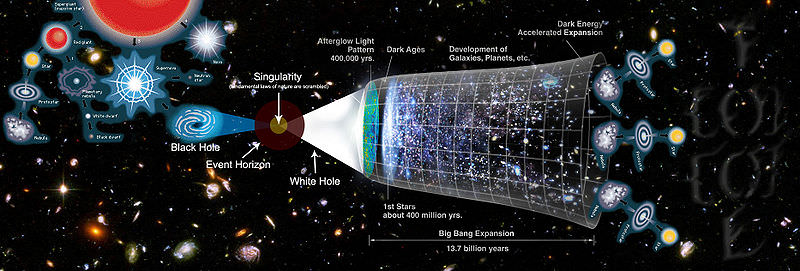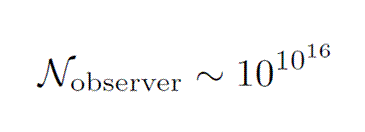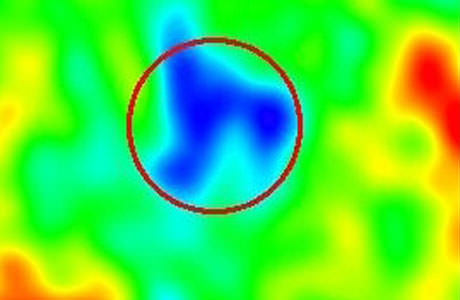The Big Bang timeline is basically just a list of relative times at which the major events in the history of the universe occurred, per the collection of theories, models, and hypotheses which together form what is called the Big Bang theory.
The start – when time began, when t = 0 – is not actually part of the Big Bang timeline (!), contrary to popular belief. That’s because the two theories of physics which are at the heart of the Big Bang theory – General Relativity (GR) and the Standard Model (of particle physics; SM for short) – are mutually incompatible, and that incompatibility becomes so intolerable that saying anything about what happened in the first Planck second (approx 10-43 second) is meaningless.
In fact, the closer to the Planck regime – when GR and the SM are utterly incompatible – the less reliable are our descriptions … but the relative times are nonetheless pretty good.
Actually, that’s not quite true … what is relatively certain are temperatures; forces, matter, and radiation interact in very distinct ways, depending on the temperature (and pressure, or density), but converting from temperature back to time depends on various parameters which are not so well pinned down. However, once the average mass-energy density of the universe, today, is estimated, the clock can be wound back with some confidence (it’s ~six hydrogen atoms per cubic meter, or about 7 x 10-27 kg/m3).
Around 10-35 seconds leptons and baryons were created (the strong force became a distinct force), and inflation caused the universe to expand so much that the part which later became our observable universe was both flat (no curvature, in the GR sense) and incredibly smooth (with only tiny variations in density due to quantum effects).
At around 10-11 seconds the electromagnetic and weak force became distinct.
And by about a microsecond the universe underwent another phase change … it was no longer a quark-gluon plasma, but hadrons formed (protons and neutrons).
When t = 1 second (more or less), nuclear reactions produced light nuclides, such as deuterium and helium-3 (before this time the universe was too hot for them to form) – Big Bang nucleosynthesis.
The earliest part of the universe we can still see, directly, happened when the electrons and protons (and other nuclei) combined to form hydrogen atoms; this is the recombination era, and we see it today as the cosmic microwave background … and gravity took over as the dominant force (before this it was electromagnetism – the universe was ‘radiation dominated’ – and before that, at the time of nucleosynthesis, the strong and weak forces ruled).
The rest, as they say, is history … the Dark Ages (during which the first stars were formed), the era of recombination (when stars and quasars ionized the diffuse hydrogen), galaxy formation, … and then about 13.4 billion years later we observed the skies and worked out the timeline!
There’s a lot of good material on the web on the Big Bang timeline; here are some: John Baez (who’s always worth reading) has a brief timeline, in terms of temperature; there’s a more extensive one from the University of Wisconsin-Madison, and perhaps the best, A Brief History of the Universe (University of Cambridge).
Want to explore more? Here are some of the many Universe Today articles on the Big Bang timeline: Cosmologists Look Back to Cosmic Dawn, A Star as Old as the Universe, and Book Review: The Mystery of the Mission Antimatter.
Astronomy Cast has several episodes for you to explore, to learn more about the Big Bang timeline; here are a few: The Big Bang and Cosmic Microwave Background, Inflation, and this 2009 Questions Show.
Sources:
http://en.wikipedia.org/wiki/Timeline_of_the_Big_Bang
http://www.damtp.cam.ac.uk/research/gr/public/bb_history.html




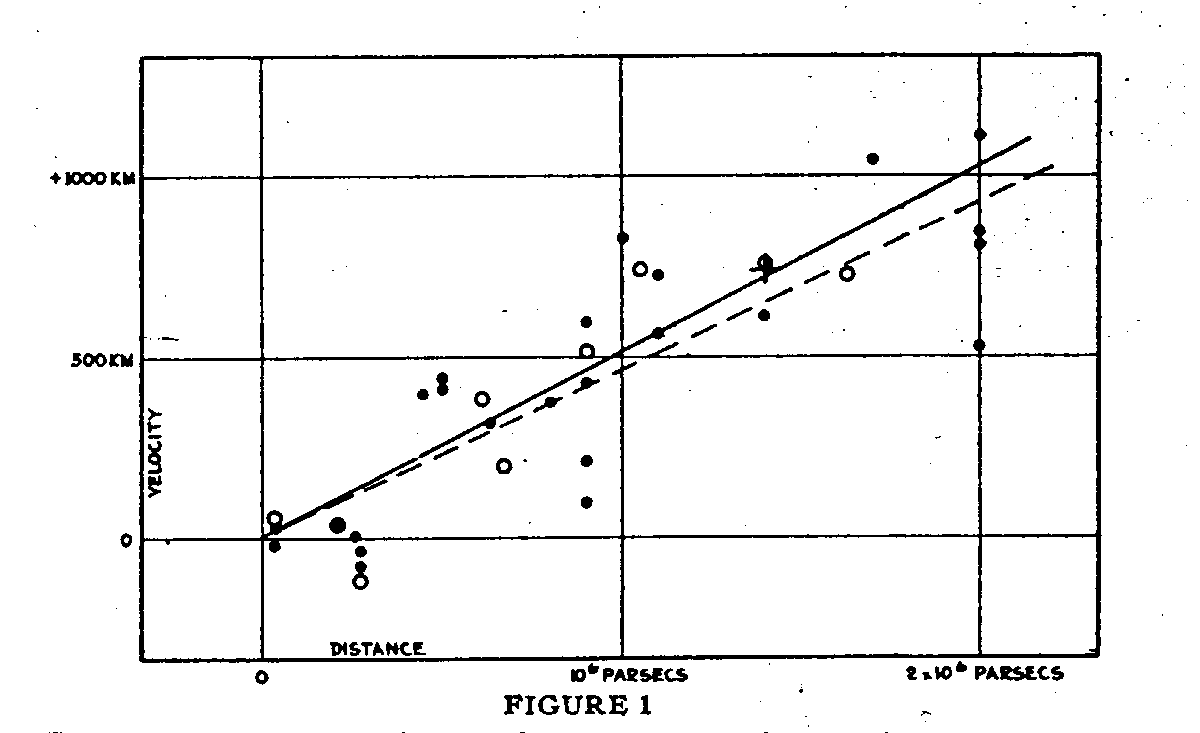
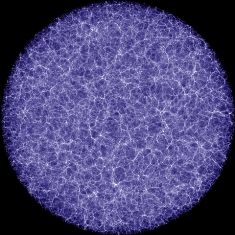

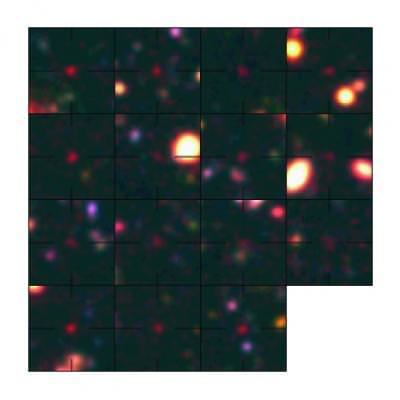
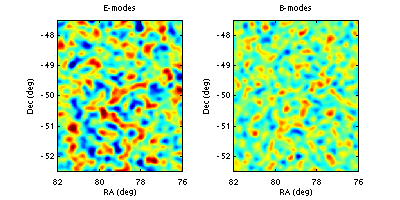
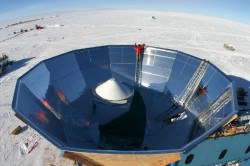 measurements come closer to fitting what is predicted by the Standard Cosmologicl Model by more than an order of magnitude, said Dr. Gear. This is a very important step on the path to verifying whether our model of the Universe is correct.
measurements come closer to fitting what is predicted by the Standard Cosmologicl Model by more than an order of magnitude, said Dr. Gear. This is a very important step on the path to verifying whether our model of the Universe is correct.